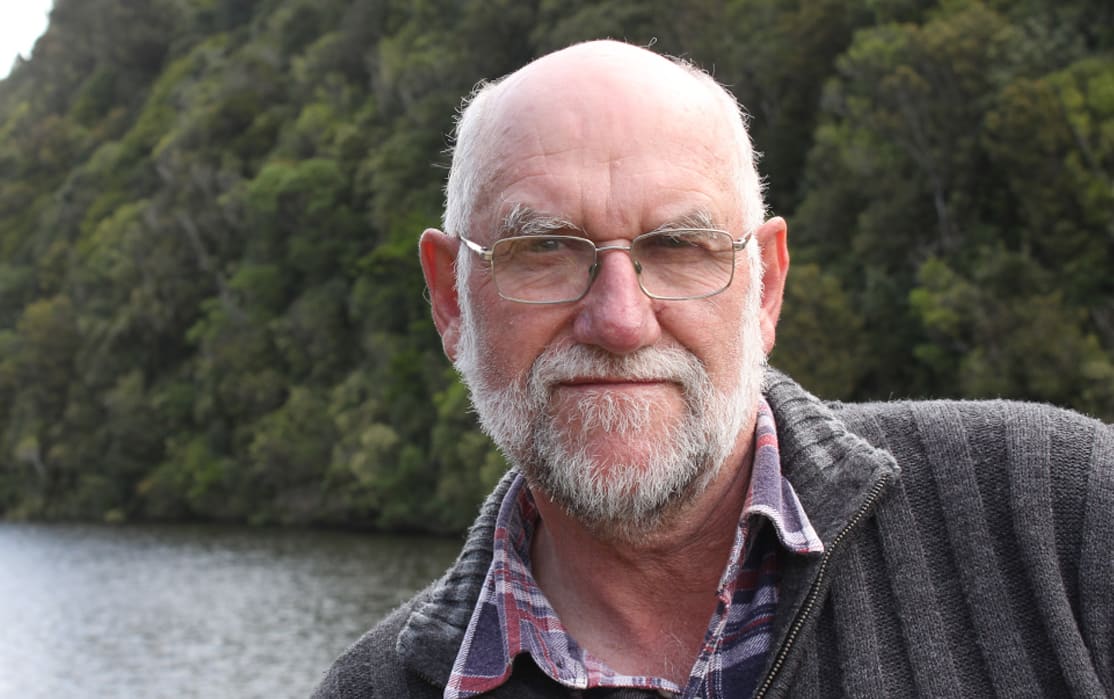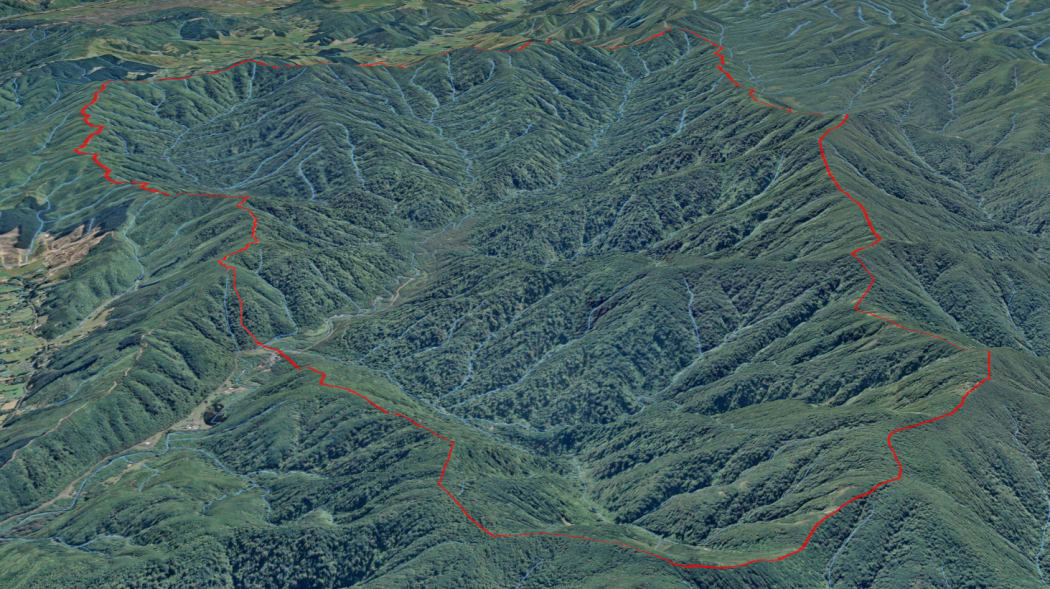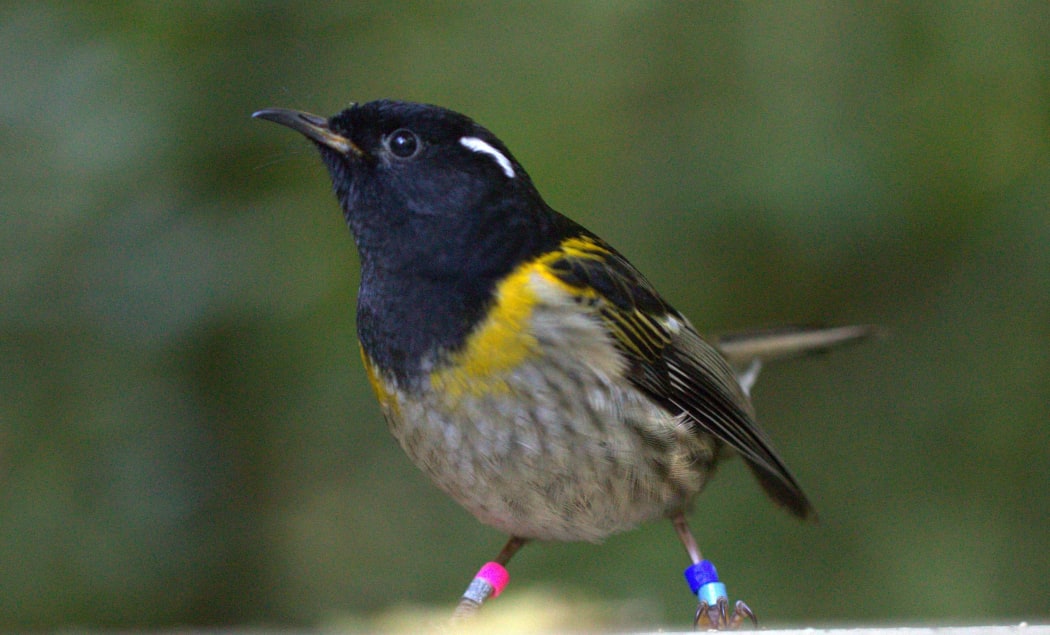
Photo: Supplied
A proposed 3313-hectare fenced ecosanctuary in Wainuiomata could see critically endangered species such as kākāpō, kōkako and hihi return to the valley.
The proposal's author Jim Lynch, who is the founder and architect of the Zealandia sanctuary in Wellington, believes the Puketahā sanctuary fits perfectly within the government's blueprint of conservation efforts.
The sanctuary would be 15 times the size of Zealandia, and Lynch said it could provide a blueprint for a national network that would help end the threat of extinction constantly hanging over our forest birds.
"What we have at the moment is a massive problem where we have a number of our species which are essentially marooned on offshore islands.
"Three in particular which Puketahā would particularly benefit from, kākāpō, little spotted kiwi, and hihi. None of those are really viable on the mainland.
"The only places you can see hihi and little spotted kiwi in the mainland are in fenced areas."

The proposed fence line of the Puketahā sanctuary in Wainuiomata, Lower Hutt. Photo: Supplied
Lynch suggests fencing is our most successful technology.
"The thing about fences is that you get a double hit from them. You get an absolutely secure habitat which means that you can put any species behind the fence of the mainland.
"The second thing is you get a nursery where species can breed up in safe spaces, and then they can move out and repopulate the surrounding landscapes."
He said to get the best of both worlds, these fenced sanctuaries need to be wrapped around a predator-free style management program so that it can provide benefit for a wider area.
Lynch said there are 12 fenced sanctuaries in New Zealand - six are ring-fenced, others are peninsula fences which means that they are the only places in NZ that are predator-free.

The rare hihi. Photo: Supplied / Tony Green
He adds that these sanctuaries protect 10,000 hectares of very valuable lowland habitat and are the only places where highly threatened species can survive.
"They do have a multiplier effect where these species do travel around and repopulate the surrounding areas," he said.
Lynch now wants to take these to another level.
"The reason I came up with the idea of Zealandia is because I used take bird trips up to Kapiti Islands too and I said, why on earth do we have to go to an island to see our forest icons?
"Why can't we have them in our backyard? It's just a matter of construction of the business model and a process to do it.
"Fence sanctuaries have been a bit of a novelty till now but now they need to be upgraded and technology brought into the scheme of things."
Fenced sanctuaries provide multiple benefits to not just the biodiversity but also the community and economy, Lynch added.
"The business model is a proven success. With these fenced sanctuaries, you not only get the security of the species or the halo effect, what you get is the community engagement.
"Communities love these place, they love to flop around and support them. They are big for the economy of the areas."
Zealandia has put $30 million a year to the Wellington economy, according to Lynch.
He said these sanctuaries provide a good value for money as they have a good capacity to start earning a proportion of their own funds.
Lynch said the only pest management tools that are available are "water, fences, firearms, traps, or toxins."
He said people have hopes for biological control of pests, but the history of biological control in NZ is "catastrophic."
Lynch is now advocating for a national program for these fenced sanctuaries.
"We need to look at this at a national level."

